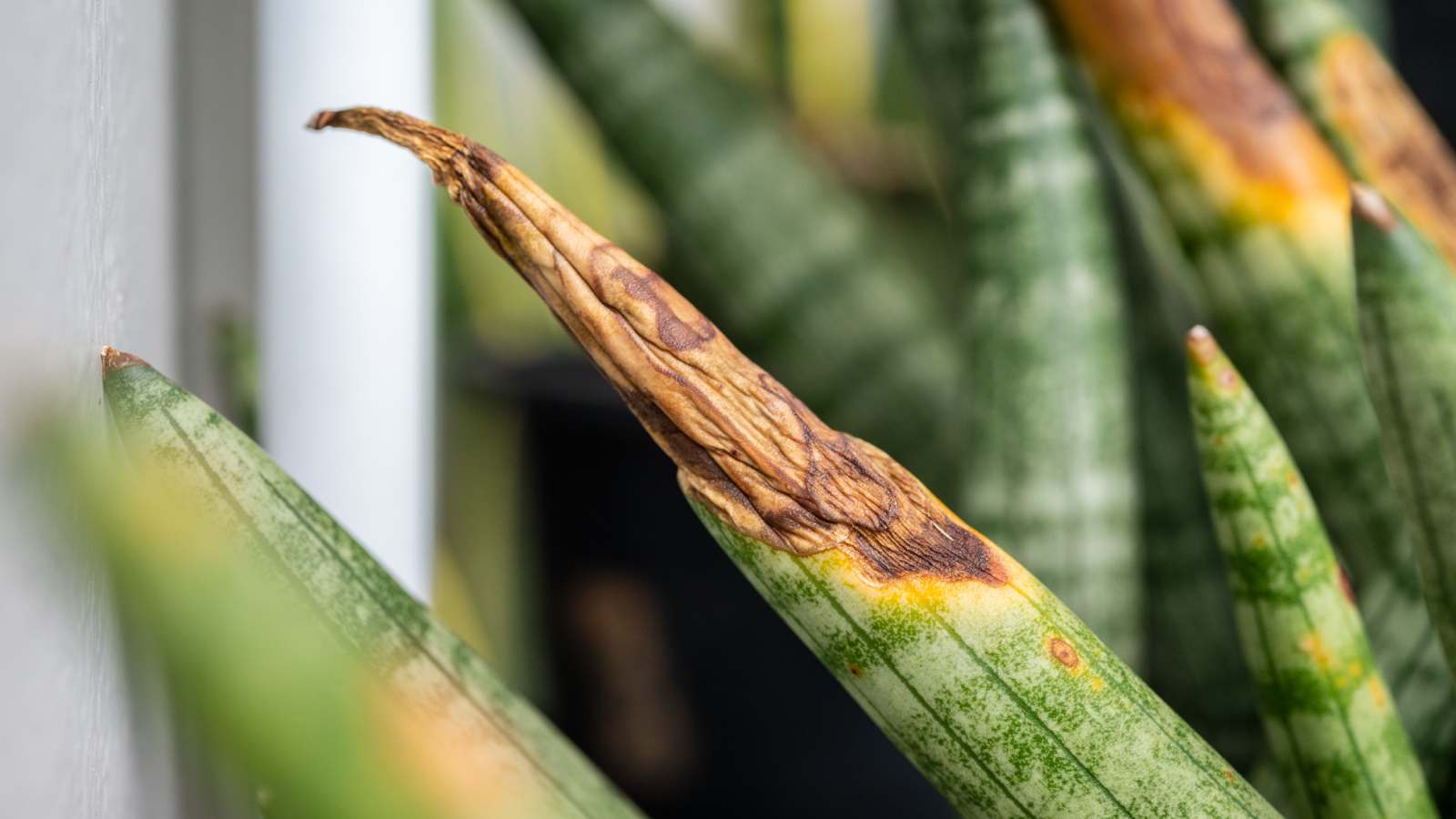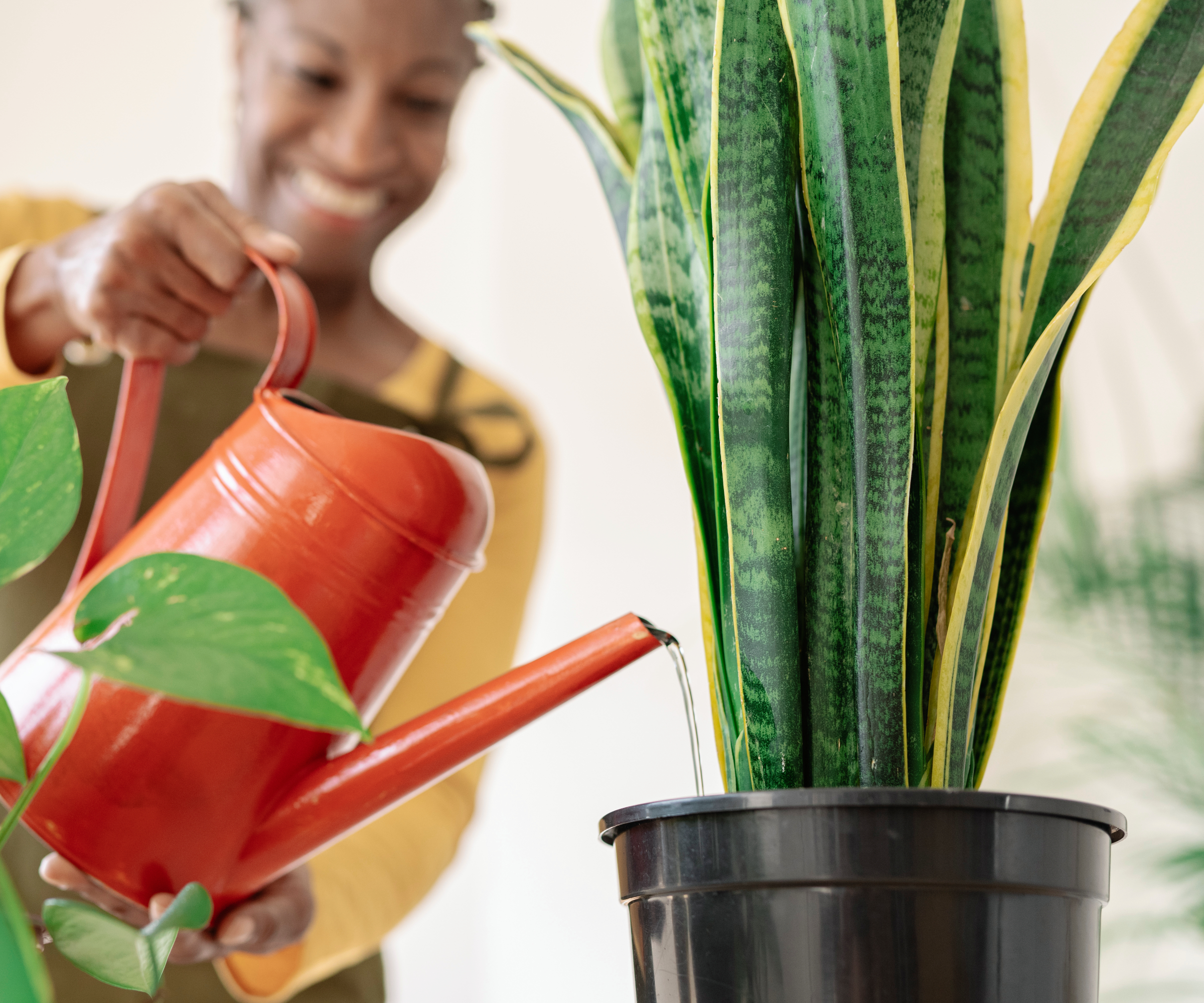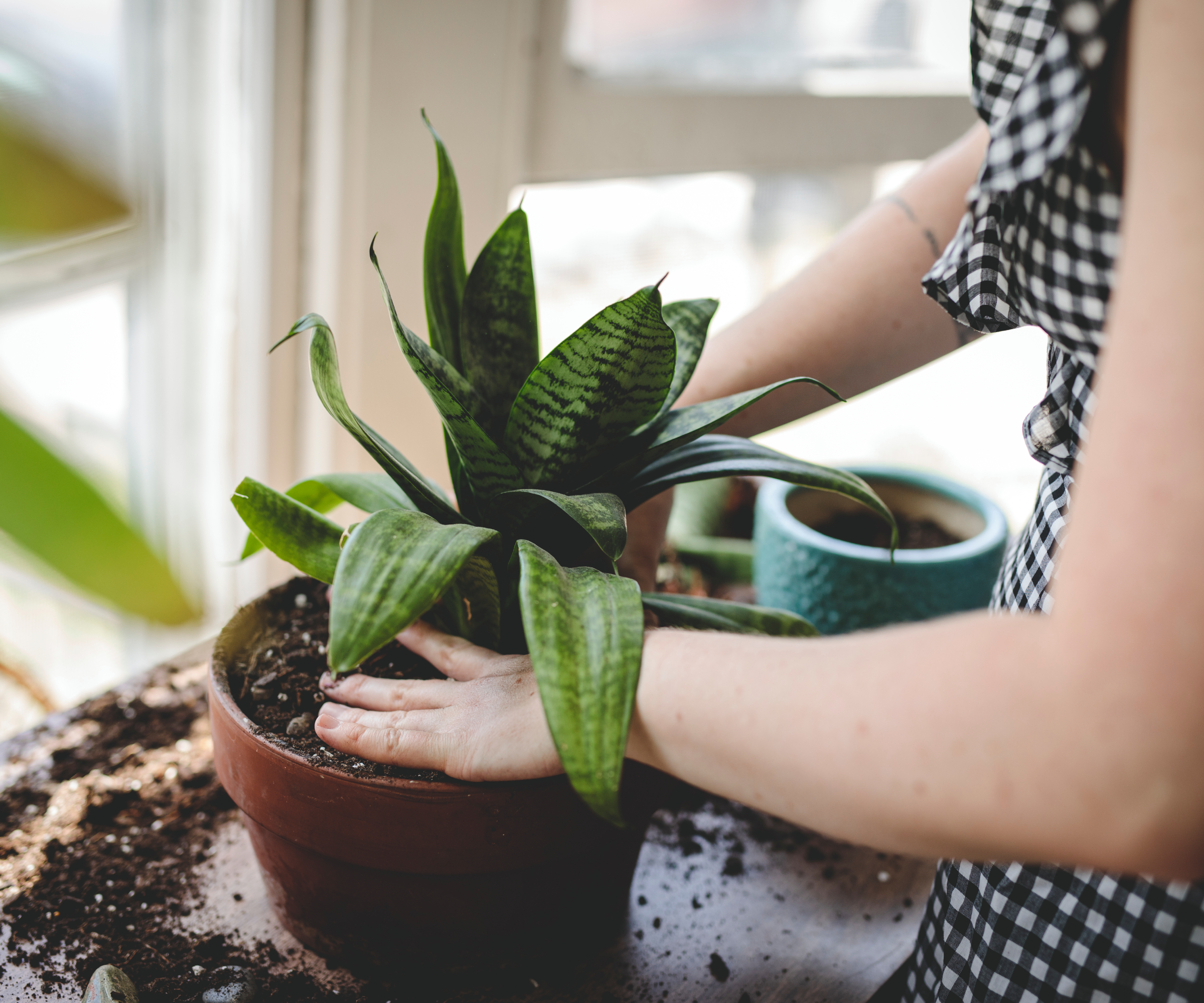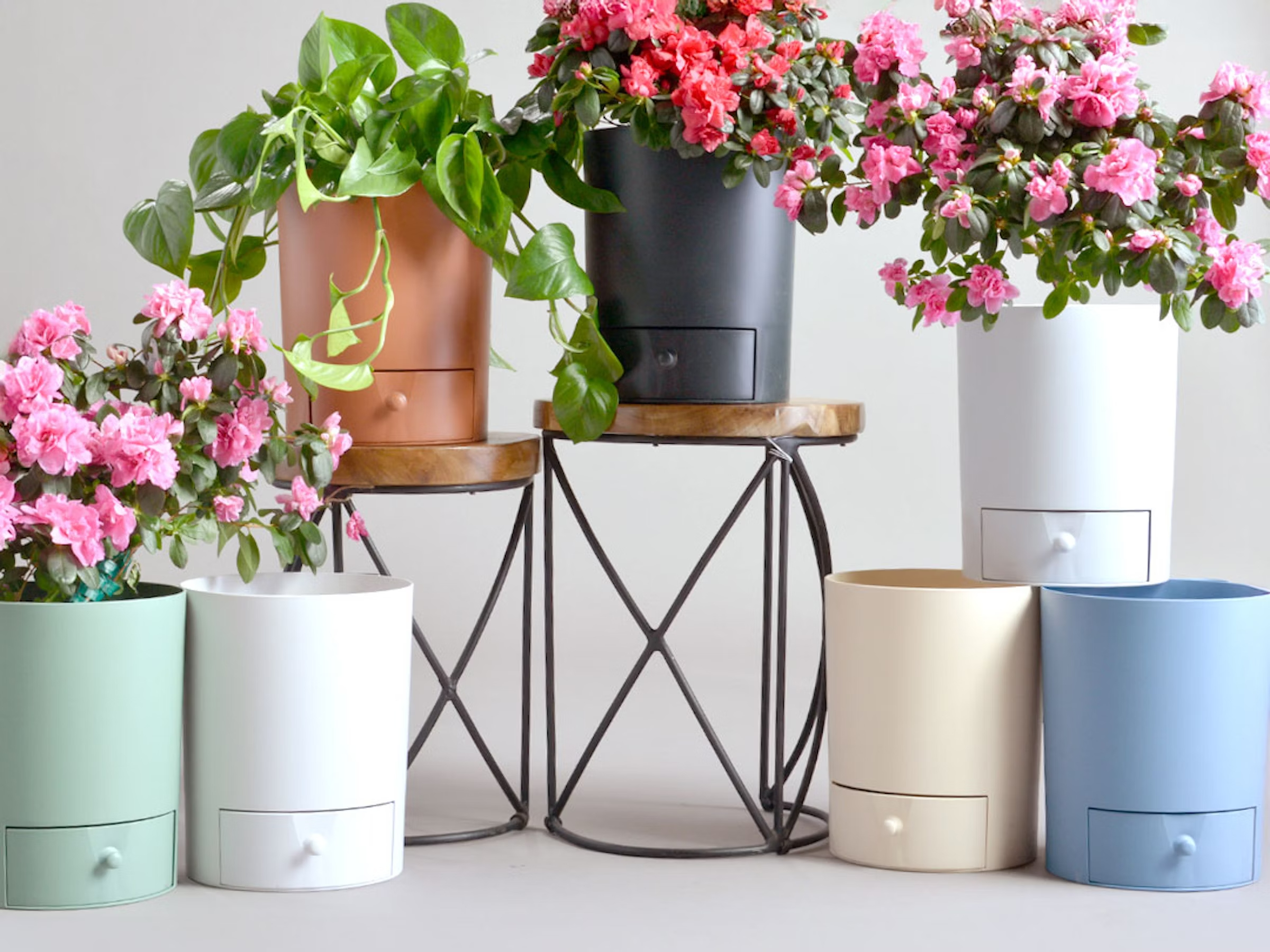Help, My Snake Plant Is Mushy! Advice For Root Rot In Snake Plants
Snake plants are hardy houseplants, but they can be susceptible to root rot. Learn how to prevent and treat this common snake plant problem.

Amy Draiss

Snake plants are popular houseplants grown for their resilience and beautiful upright foliage. While they may be easy to care for, they can be prone to a variety of diseases, one of which is snake plant root rot. What causes root rot in a snake plant and how can you keep snake plant’s roots from rotting? Keep reading to learn the causes of and how to treat root rot in snake plants.
What Is Root Rot?
Many plants are susceptible to root rot but what is it? Root rot is an umbrella term for a number of diseases that result in the decomposition of the root system. The disease is generally a fungal infection.
You can identify root rot by leaves that are wilted, yellowing, or pale accompanied by a mildew or rotten odor arising from the soil. In some cases, visible fungal growth may be present. If root rot is suspected, further evidence can be found by examining the plant's roots. If root rot is present, the roots will look brown to black and in extreme cases be mushy, slimy and smell foul.
Why Are Snake Plants Susceptible To Root Rot?
What causes root rot in snake plants? Overwatered snake plants are most prone to root rot. When you overwater your snake plant, which is fairly drought resistant, oxygen is squelched. This allows hundreds of species of soil-borne bacteria and fungi flourish. Some fungi that cause root rot include Fusarium, Phytophthora, Pythium, and Rhizoctonia which thrive in wet soil. Hand-in-hand with overwatering, is a snake plant that is in compacted soil or a soil that is not well-draining.
How To Prevent Root Rot
Since root rot is fostered by overwatering, the obvious course is to avoid giving your snake plant too much water. Also, the type of container and soil medium you use can help prevent root rot.

Container
Snake plants are hardy specimens that among other attributes can tolerate infrequent watering. But along with infrequent watering, you need to plant them in the right container.
The correct container for a snake plant, really almost all houseplants, should have adequate drainage holes. The general rule is that a container should have at least 2 holes however, it really depends on the size of the pot.
Sign up for the Gardening Know How newsletter today and receive a free copy of our e-book "How to Grow Delicious Tomatoes".
For example, pots that are 36 inches (91 cm) should have 3-4 holes while those that are 46 inches (1.2 m) should have 4-6 drainage holes.
Also, avoid using containers that have attached saucers since these will not allow the soil to drain freely resulting in the snake plant sitting in water.
Soil Type
The type of soil you use to plant your snake plant is important. You will need a well-draining soil medium. It should contain one or more of the following: sand, perlite, biochar, or pumice to facilitate drainage.
Frequency of Watering
As mentioned, snake plants are drought resistant. This means that over-watering can be an issue. Snake plants should be watered every 2 weeks, however, it really depends on their environment.
To ensure you are watering your snake plant properly, stick your finger into the soil. If it is dry down 2 inches (5 cm), go ahead and water.
During the warmer months you may have to water a bit more often, especially if you have moved your snake plant outside. During the winter months when the plant is dormant, reduce the amount of water your plant gets.
When you do water, water at the base of the plant and water thoroughly, letting the water drain freely from the drainage holes. It is best to do this in a tub or sink.
Can You Resurrect After Root Rot?

Once you’ve ascertained the plant has root rot, can you save it? It really depends on how bad the disease has progressed.
If you have caught it early enough, you will need to repot or transplant the snake plant. Remove the plant from the container and soil. Snip off any decaying roots with sanitized shears as well as any rotting leaves.
Treat the plant with a fungicide. Then replant the snake plant. If using the same container, disinfect it first.
Use a well-draining potting soil or make your own incorporating one or more of the above drainage facilitators. A succulent mix is perfect. Repot the plant and water it lightly.
More Houseplant Help
- Snake plants are easy and beautiful houseplants, but are they safe for your four-legged best friend? Read on to learn if snake plants are safe for dogs and cats.
- Planning where to put that new houseplant? Learn how to create bright, indirect light so your new plant baby can thrive!
- Water all your houseplants with ease with this watering can and plant sprayer set available for purchase in the Gardening Know How Shop.
- Looking for houseplant answers and gardening inspiration? Sign up for the free Gardening Know How Newsletter to have clever tips and ideas delivered straight to your inbox.
This article features products available from third-party vendors in the Gardening Know How Shop.

Amy Grant has been gardening for 30 years and writing for 15. A professional chef and caterer, Amy's area of expertise is culinary gardening.
- Amy DraissDigital Community Manager
